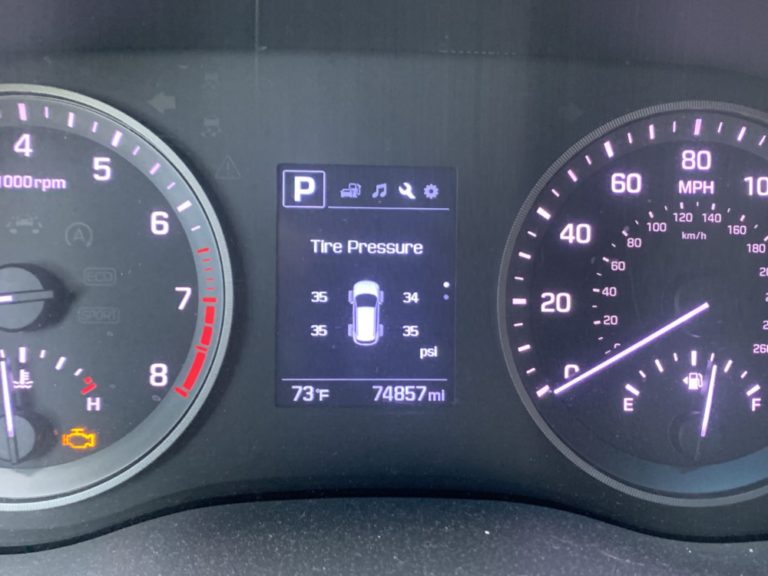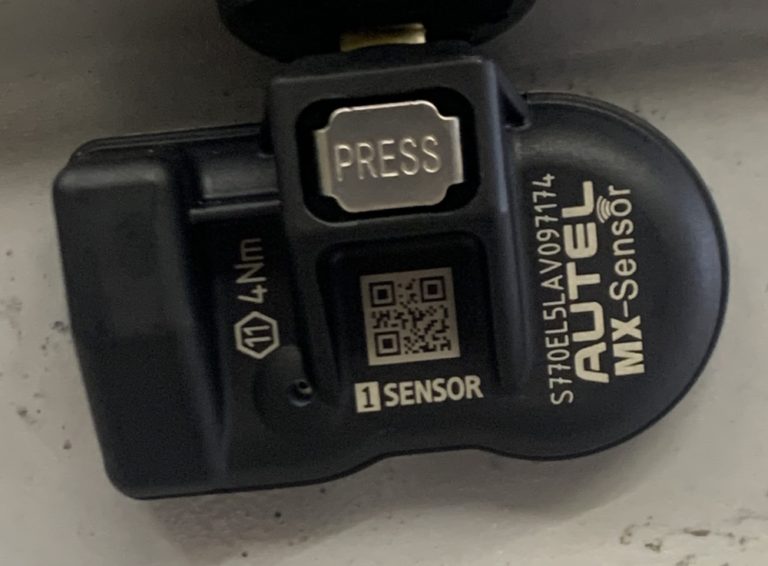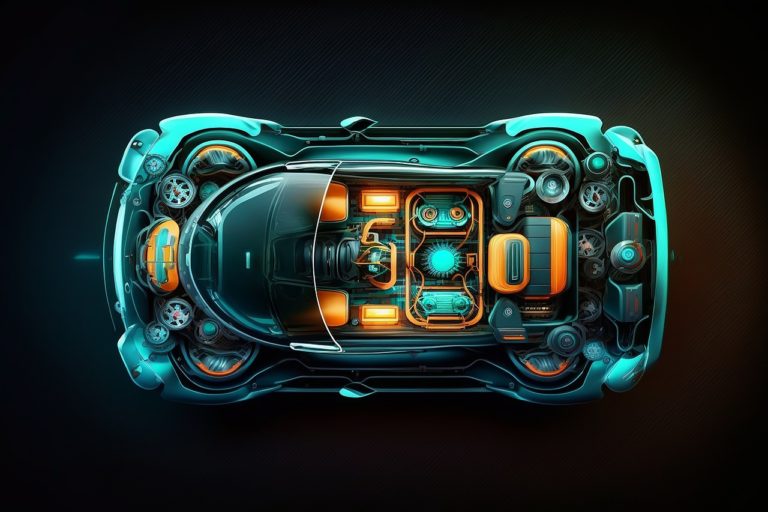As the world becomes more technologically advanced, the automotive industry is keeping up with new innovations that make driving safer, more efficient, and more convenient. One of the key innovations that have come to the fore in recent years is the tire pressure sensor. This technology has been around for some time, but it has become increasingly popular in recent years due to its many benefits. In this article, we will be discussing the future of tire pressure sensors and how this technology is set to evolve over the next few years.
Tire Pressure Sensors: A Brief Overview
Tire pressure sensors are devices that are designed to measure the air pressure in a vehicle’s tires. They are typically located inside the tire itself or on the valve stem. There are two types of tire pressure sensors: direct and indirect. Direct sensors measure the pressure inside the tire, while indirect sensors measure the pressure using the wheel speed sensors.
The primary purpose of tire pressure sensors is to ensure that the vehicle’s tires are inflated to the correct pressure. Underinflated tires can cause a range of problems, including reduced fuel efficiency, tire wear, and even a blowout. Overinflated tires can also be a problem, as they can reduce the vehicle’s handling and cause uneven tire wear. By monitoring the pressure in the tires, tire pressure sensors help drivers avoid these problems and ensure that their vehicles are running as efficiently and safely as possible.
The Future of Tire Pressure Sensors
So, what does the future hold for tire pressure sensors? Here are some of the key predictions:
1. More Accurate Sensors
As technology continues to evolve, tire pressure sensors are likely to become even more accurate than they already are. This will be achieved through the use of advanced sensors that are capable of detecting even the slightest changes in pressure. These sensors will be able to provide drivers with real-time data on the state of their tires, allowing them to take action before any problems occur.
2. Integration With Other Systems
In the future, tire pressure sensors are likely to be integrated with other systems in the vehicle, such as the ABS or traction control. This will allow the vehicle’s computer to make adjustments to these systems based on the data provided by the tire pressure sensors. For example, if a tire is underinflated, the ABS system may adjust the braking force to compensate for the reduced grip.
3. Wireless Sensors
Currently, most tire pressure sensors are wired devices that are connected to the vehicle’s computer. In the future, it is likely that we will see more wireless sensors that communicate with the vehicle’s computer via Bluetooth or Wi-Fi. This will make it easier for drivers to monitor the state of their tires and will also reduce the amount of wiring required in the vehicle.
4. Predictive Maintenance
In the future, tire pressure sensors may be used for predictive maintenance purposes. By analyzing the data from the sensors, the vehicle’s computer may be able to predict when a tire is likely to fail and alert the driver accordingly. This will allow drivers to take action before any problems occur, potentially saving them money on costly repairs or replacements.
5. Integration With Autonomous Vehicles
As autonomous vehicles become more common, tire pressure sensors are likely to play an important role in ensuring their safety. Autonomous vehicles rely on a range of sensors to operate safely, and tire pressure sensors will be no exception. By monitoring the pressure in the tires, the vehicle’s computer will be able to ensure that the vehicle is running as safely and efficiently as possible.
Conclusion
In conclusion, tire pressure sensors are a key technology that is set to play an increasingly important role in the automotive industry over the coming years. From more accurate sensors to wireless connectivity and predictive maintenance, there are many exciting developments on the horizon. As a result, we can expect tire pressure sensors to become even more important in ensuring that vehicles are running safely, efficiently, and with the least amount of wear and tear on the tires.
It is important to note that tire pressure sensors are just one part of the wider trend towards connected and autonomous vehicles. As these technologies continue to evolve, we can expect to see even more innovation in the automotive industry, with new safety features, improved fuel efficiency, and greater convenience for drivers.
At the same time, it is important to ensure that these technologies are developed and implemented in a way that is safe, secure, and reliable. This will require collaboration between automakers, technology companies, and regulators, as well as ongoing research and development to ensure that these technologies are able to meet the needs of drivers and society as a whole.
Overall, the future of tire pressure sensors looks bright, with exciting new developments on the horizon. Whether you are a driver looking to ensure that your vehicle is running as safely and efficiently as possible or an automaker looking to stay ahead of the curve, it is clear that tire pressure sensors will play a key role in the automotive industry for many years to come.



